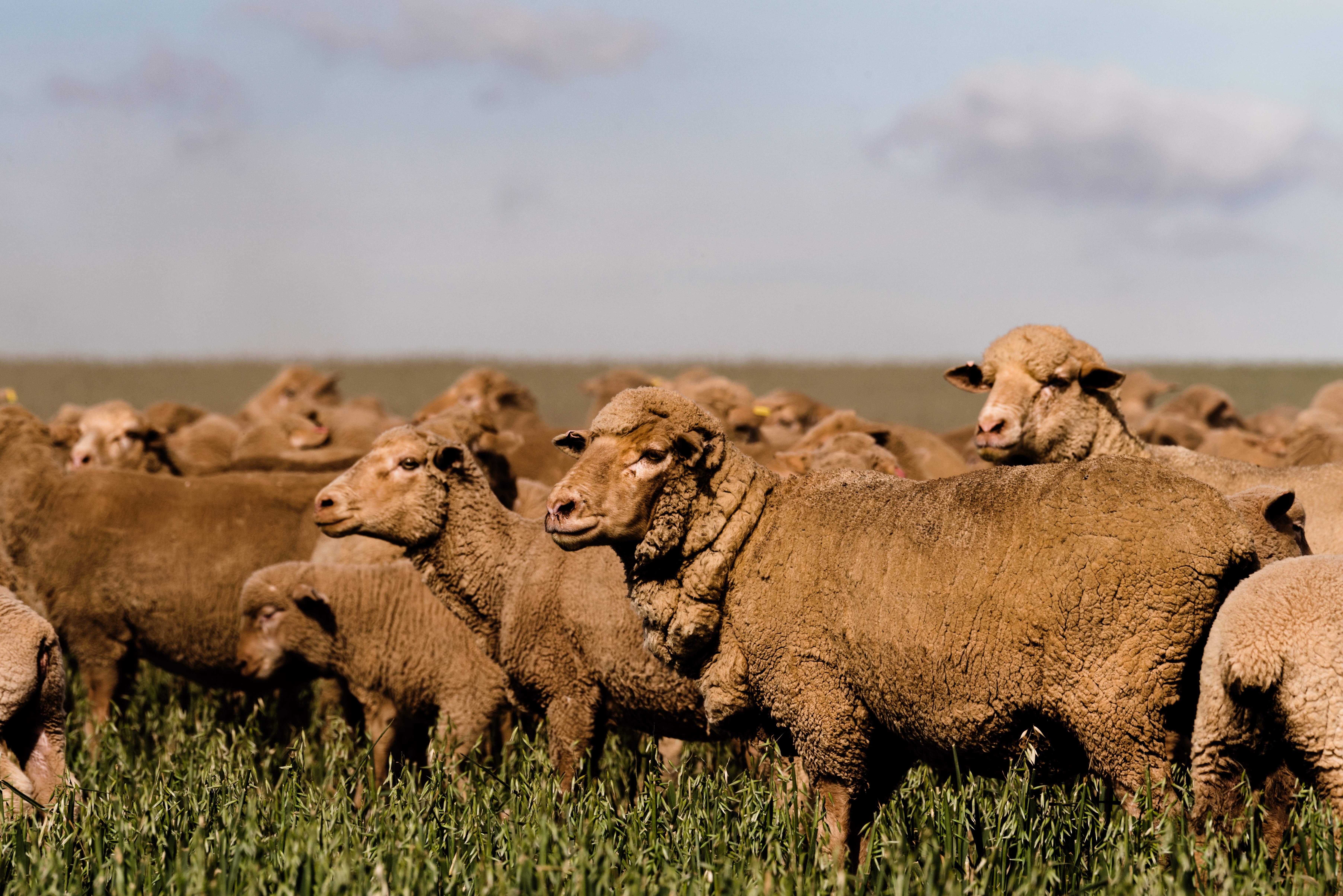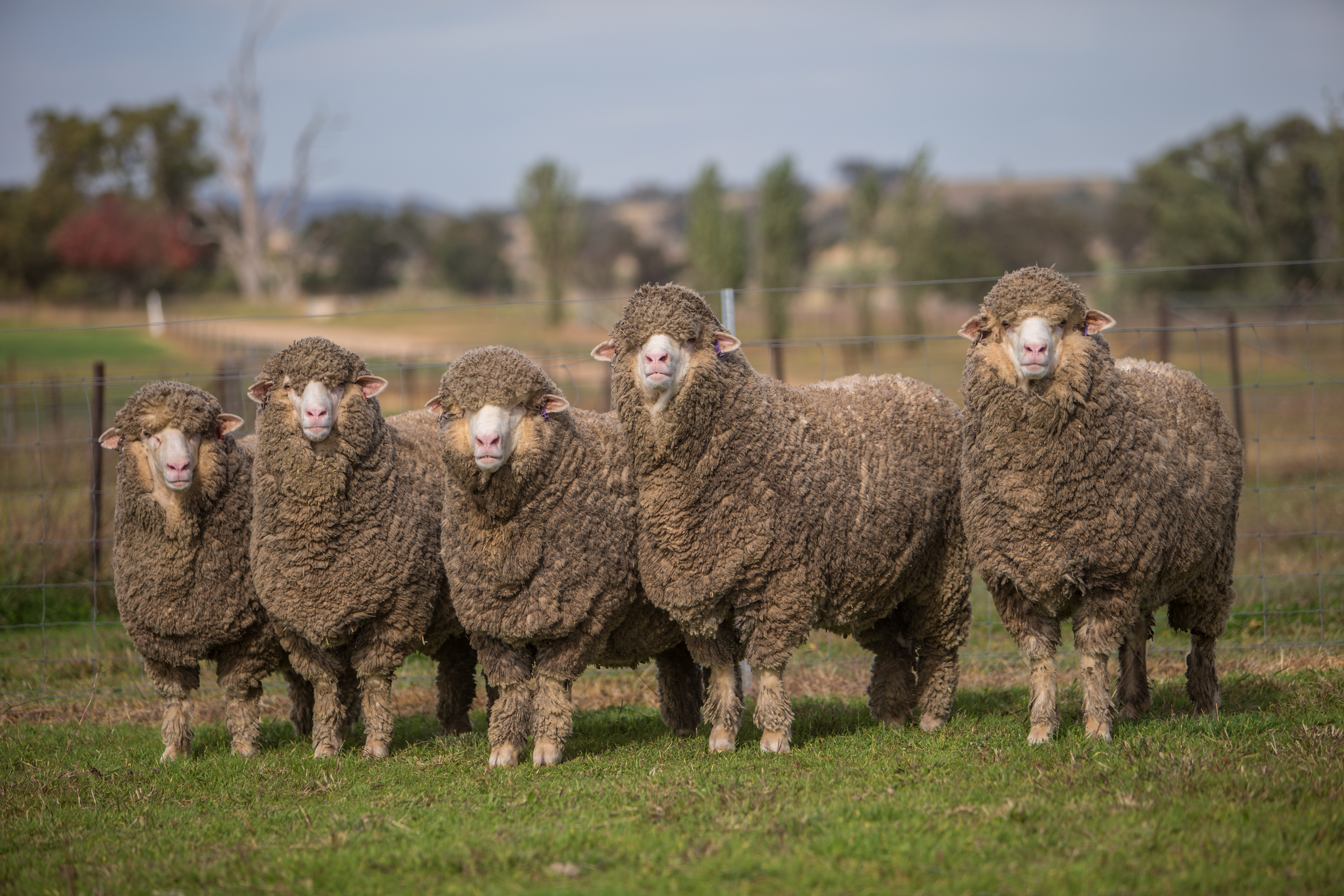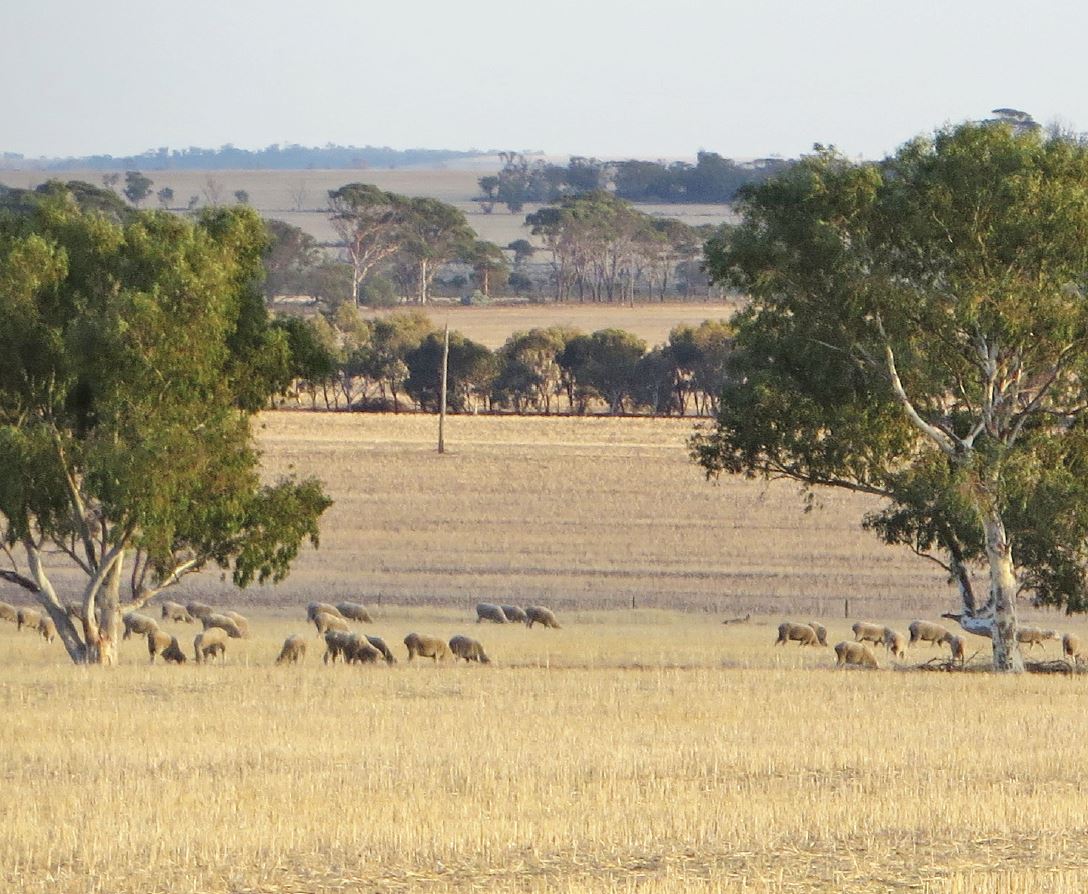Welcome to Australian Wool Innovation, a hub for the woolgrowers of Australia.
Not a woolgrower? Looking for information about wool products, wool care or wool processing?
The Woolmark Company is the global authority on wool. Visit Woolmark.com instead.
Calcium and magnesium deficiencies in pregnant and lactating ewes

Clinical calcium deficiency (hypocalcaemia or milk fever) can result in ewe deaths either during the last six weeks of pregnancy or during the first month after lambing. Symptoms include muscle tremors, being unable to rise and subsequent death. Clinical magnesium deficiency (hypomagnesaemia or grass tetany) can result in ewe deaths, typically when ewes are grazing grass-dominant pastures or cereal crops in winter and early spring. Symptoms include staggering, incoordination and sudden death. Hypocalcaemia and hypomagnesaemia can cause ewe mortalities, and lambs from affected ewes will usually die. Lambing difficulty and complications from birth may also be increased, reducing survival.
Articles That Might Interest You
Mastering Sheep Breeding Values and Selection Indexes
Getting started with ASBVs and Selection Indexes can help woolgrowers make faster, smarter breeding decisions and improve flock profitability. It’s not just about chasing numbers — understanding an animal’s genetic merit helps you select sheep that fit your system and drive profit. This article breaks down the basics, including how ASBVs work, what Selection Indexes do and practical steps stud and commercial breeders are taking to make these tools work for you.
Read more
Optimising management of grazing stubbles
Crop stubbles can be a handy feed source over summer, but their quality declines quickly once the grain is eaten. Planning ahead is key to getting the best out of them. The new Grazing Modern Stubbles guide, developed by AWI, MLA and CSIRO, offers practical strategies on nutrition, prioritising stubbles for different classes of stock, the role of supplementary feeding and how to manage animal health risks. This article highlights the key takeaways to help you keep your flock in good condition this summer.
Read more
Optimising productivity and profitability with feed tests
Conducting feed tests is an important strategy for meeting your sheep's nutritional needs in the most cost-effective way. This article outlines how feed testing can help optimise productivity and profitability by identifying the true value of different feed sources.
Read more








